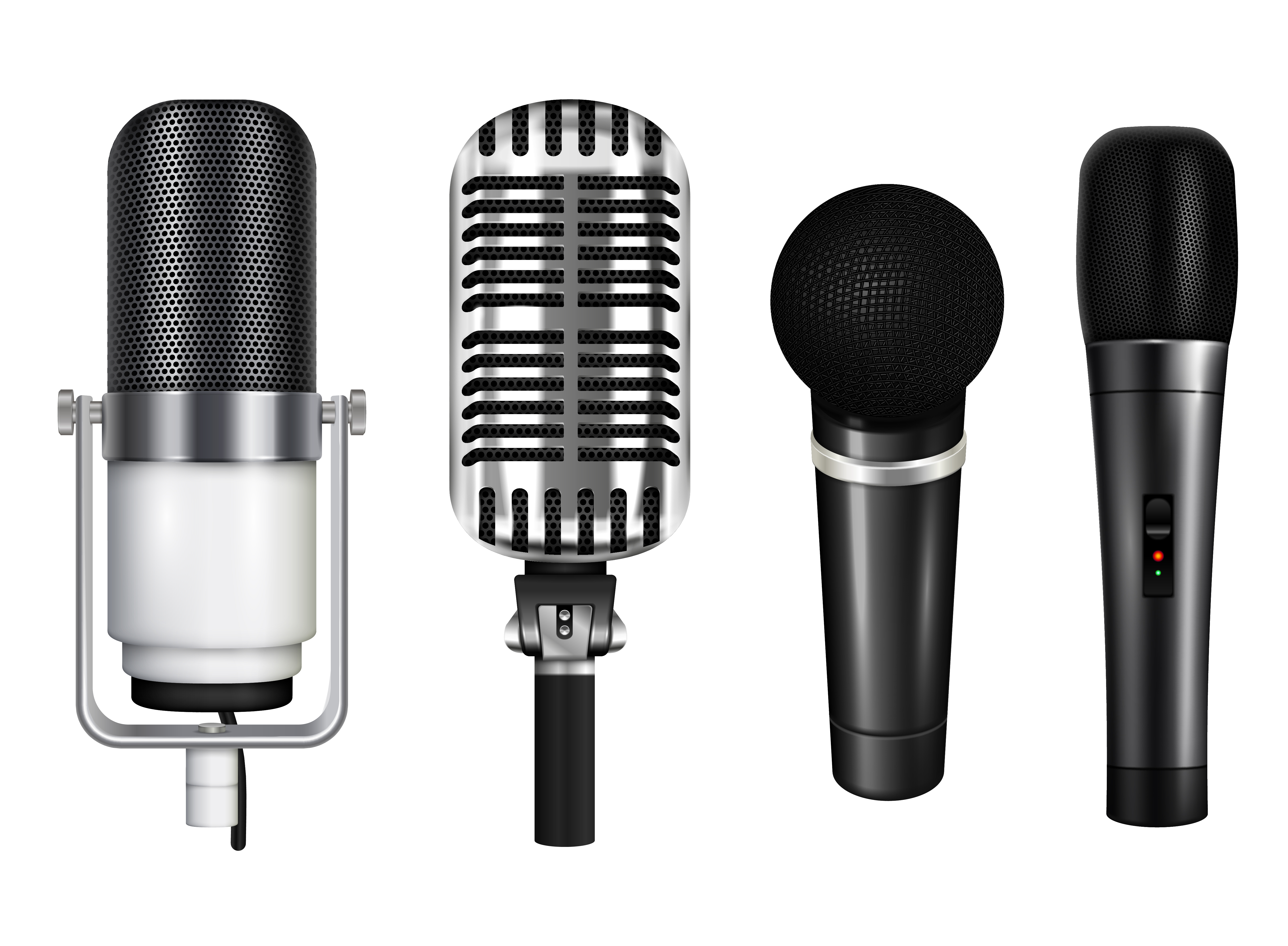What Is a Condenser Microphone

Do you know what kind of microphone is used in most professional recording studios? The answer is a condenser microphone.
Condenser microphones are powerful tools that offer unparalleled accuracy and clarity when capturing sound. They have become the go-to choice for audio engineers, musicians, and even podcasters looking to achieve high-quality recordings.
In this article, we'll discuss what condenser microphones are, the different types available, their benefits, uses, and how to choose one for your needs.
What Is a Condenser Microphone
A condenser microphone is a type of microphone that uses a charged capacitor plate to convert sound into an electrical signal. This type of microphone is often used for recording and broadcasting due to its superior sound quality compared to other types of microphones.
It consists of two plates, one that is held at a fixed charge and the other which vibrates when sound waves come in contact with it, creating an electrical signal. The diaphragm in the condenser mic is very thin and sensitive to vibrations, allowing for more accurate recordings than regular dynamic mics.
Condenser mics are also highly sensitive to background noise, so proper recording techniques must be employed while using them in order to get the best possible sound quality out of the device.
Types of Condenser Microphones
There are several types of mics that use a capacitor to convert sound into electrical signals. Condenser microphones are one type, and they are used for both professional and amateur recording techniques. They offer an enhanced audio quality compared to other mics, making them the preferred choice of sound engineers.
There are two main categories of condenser microphones: large-diaphragm and small-diaphragm. Large-diaphragm condenser mics have a bigger diaphragm, which makes them ideal for recording acoustic instruments like drums, guitars, bass, or horns, as well as vocals with a rich, full-bodied sound.
On the other hand, small-diaphragm condenser mics are more accurate when capturing subtle details in high frequencies and can even pick up sounds from farther away than larger diaphragms.
Condenser mics come in either cardioid or omnidirectional patterns, depending on what kind of recording you need. These patterns determine how much background noise is picked up by the microphone while it's being used. Additionally, there are also different sizes available, which allow you to choose the right mic for your specific needs as well as your budget.
All of these features make condenser microphones an essential part of any modern sound engineering setup.
More info about the different types of microphones you can find here: https://youraudiofix.com/different-types-of-microphones/
Benefits of Using a Condenser Microphone
Using a condenser mic has many advantages over other types of mics. It offers superior recording quality, sound clarity, and accuracy compared to dynamic microphones. Moreover, it is able to capture an expansive range of sounds with great detail and sensitivity.
Here are three key benefits of using a condenser microphone:
-
High-quality audio recordings - Condenser microphones offer excellent response to the frequency spectrum, resulting in higher quality audio recordings than dynamic mics can provide.
-
Greater sound clarity - The sensitive diaphragm captures subtle nuances in sound that would normally go unnoticed with other types of mics, providing a clearer overall sound when recording or mixing music.
-
Versatility - These microphones can be used for both live and studio applications, allowing you to record different instruments or vocal performances without having to switch between multiple types of mics.
Uses of a Condenser Microphone
Condenser mics are highly versatile and can be used for a wide variety of applications. From recording techniques to vocal quality, condenser microphones provide superior sound clarity and accuracy.
In the studio, they are often the preferred microphone for recording instruments such as acoustic guitar or piano, as well as vocals. Condensers also excel in capturing audio from sources at a distance, making them great for theatre sound reinforcement or capturing crowd ambience in video production.
When used outdoors, they can pick up subtle details like the rustle of leaves or the chirping of birds. Additionally, condenser mics can do double duty in live performance settings by providing both clean vocal pickup and precise ambient sound capture simultaneously.
With their remarkable sensitivity and ability to accurately reproduce sounds across a wide frequency range, condenser microphones offer an ideal solution for any situation where sound quality matters.
How to Choose a Condenser Microphone
When choosing a condenser microphone, it's important to consider factors such as frequency range, polar pattern, and price. Recording techniques should also be taken into account since they can influence the audio quality.
Here are 3 key points to keep in mind when selecting a condenser mic:
-
Look for microphones with high sensitivity and wide frequency response ranges.
-
Consider the polar pattern; cardioid or omnidirectional mics are great for recording vocals or instruments respectively.
-
Select a microphone that fits your budget while providing good sound quality; don't skimp on features if you want optimal results!
Ultimately, the right microphone depends on the type of recordings you need to make and your individual preferences.
Conclusion
You've learned all about condenser microphones and now you can make an informed decision when it comes to purchasing one. Whether you need a microphone for recording music, streaming, or podcasting, there's a condenser mic that will be perfect for the job.
Allusion is key in ensuring you get the highest quality sound possible so don't forget to consider this when making your purchase. With the right knowledge and research, you'll be equipped with the perfect condenser microphone - giving your audio projects an edge that will make them stand out from the crowd.



